You should know that lymph nodes are not glands but organs in the human body. They are spread throughout the entire organism and there are about 500 to 700 lymph nodes in one body. The main role of the lymph nodes is to serve as a filter for viruses, dead bacteria, and dead tissues from the lymphatic fluid.
Furthermore, the lymph nodes mainly consist of white blood cells that are called lymphocytes. In this case, when the immune system is triggered, the lymph nodes manufacture high amounts of white blood cells. Due to this, the lymph nodes start to swell.
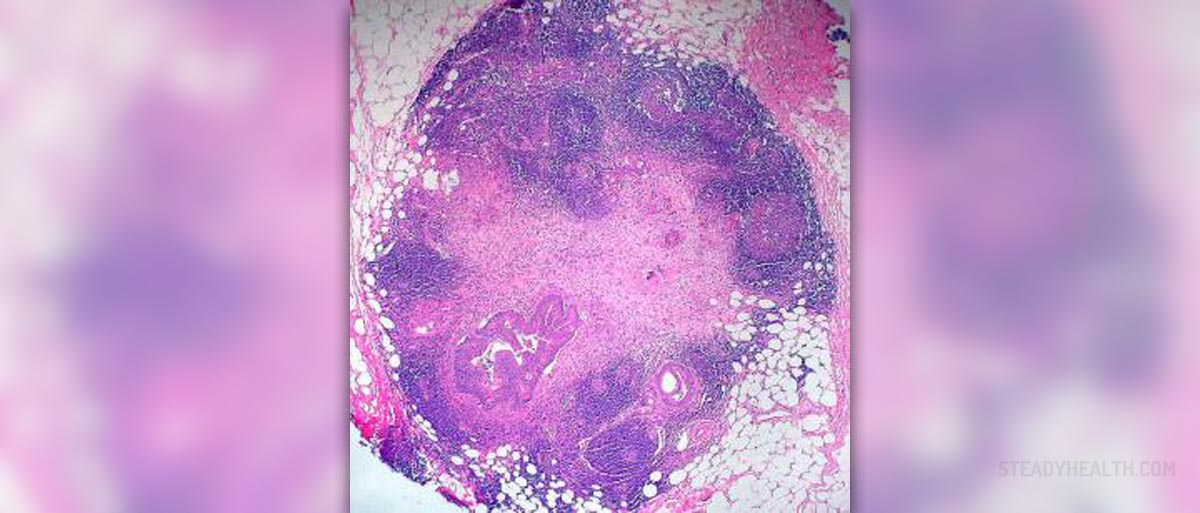
Types of Lymph Nodes
Since there are many lymph nodes in a body, they can be divided into several groups according to the place where are they located. In the neck are cervical lymph nodes, while in the armpits there are axillary lymph nodes. Furthermore, the lymph nodes along the collarbones are called superclavicular, while those in the groin are called inguinal lymph nodes.
Femoral lymph nodes are in the upper inner thigh, whereas mesentery lymph nodes are the lymph nodes in the lower abdomen, below the rib cage. The lymph nodes in the upper body behind the sternum and between the lung sacs are called mediastinal lymph nodes.
Causes of Swollen Lymph Nodes
The normal size of a lymph node is about 1 cm. However, the size may vary depending on the function of the lymph node, as well as on the location. Several reasons are responsible for the swelling of the lymph nodes. The most common causes are cancer and infections.
When the swollen lymph nodes are soft, the cause of it can be just an infection. Firm and rubbery lymph nodes could indicate lymphoma, while rock-hard nodes may indicate some type of metastatic cancer.
- Lymph nodes are easily accessible as diagnostic tools, and the pathologists keep a vigilant eye at morphological levels to arrive at the diagnosis. However, lymph node pathologies are enigmatic and at times challenging in diagnostic pathology.
- This narrative emphasises on the journey of a lymph node from infection to neoplasm in selective pathologies and its functional adaptability to an antigen or a neoplastic cell, where it proves itself as a reliable source of fragment for diagnosis.
Healthy Lymph Nodes
To have healthy lymph nodes, it is recommended to massage the facial area, thus stimulating the lymph nodes in the neck, and behind the ears to drain the fluid buildup. This fluid starts to accumulate because of the daily intake of chemicals and because of physical inactivity and everyday stresses.
The main consequences of this fluid accumulation that gradually becomes harder are painful joints, swelling, dull skin, and cellulite, as well as gaining of body weight and a weak immune system. It is recommended to massage the lymph nodes in the neck and behind the ears almost every night before going to bed.


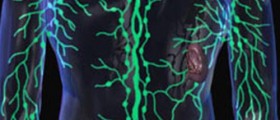


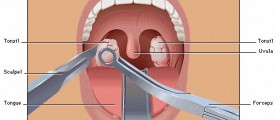
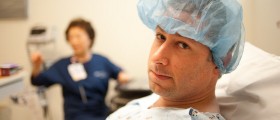
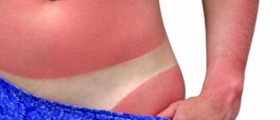

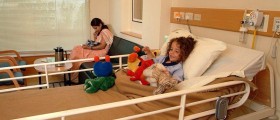

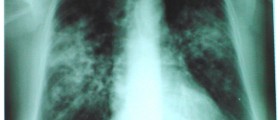
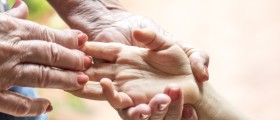
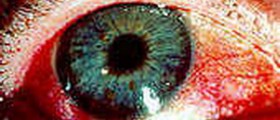
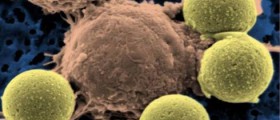
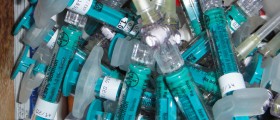

Your thoughts on this
Loading...